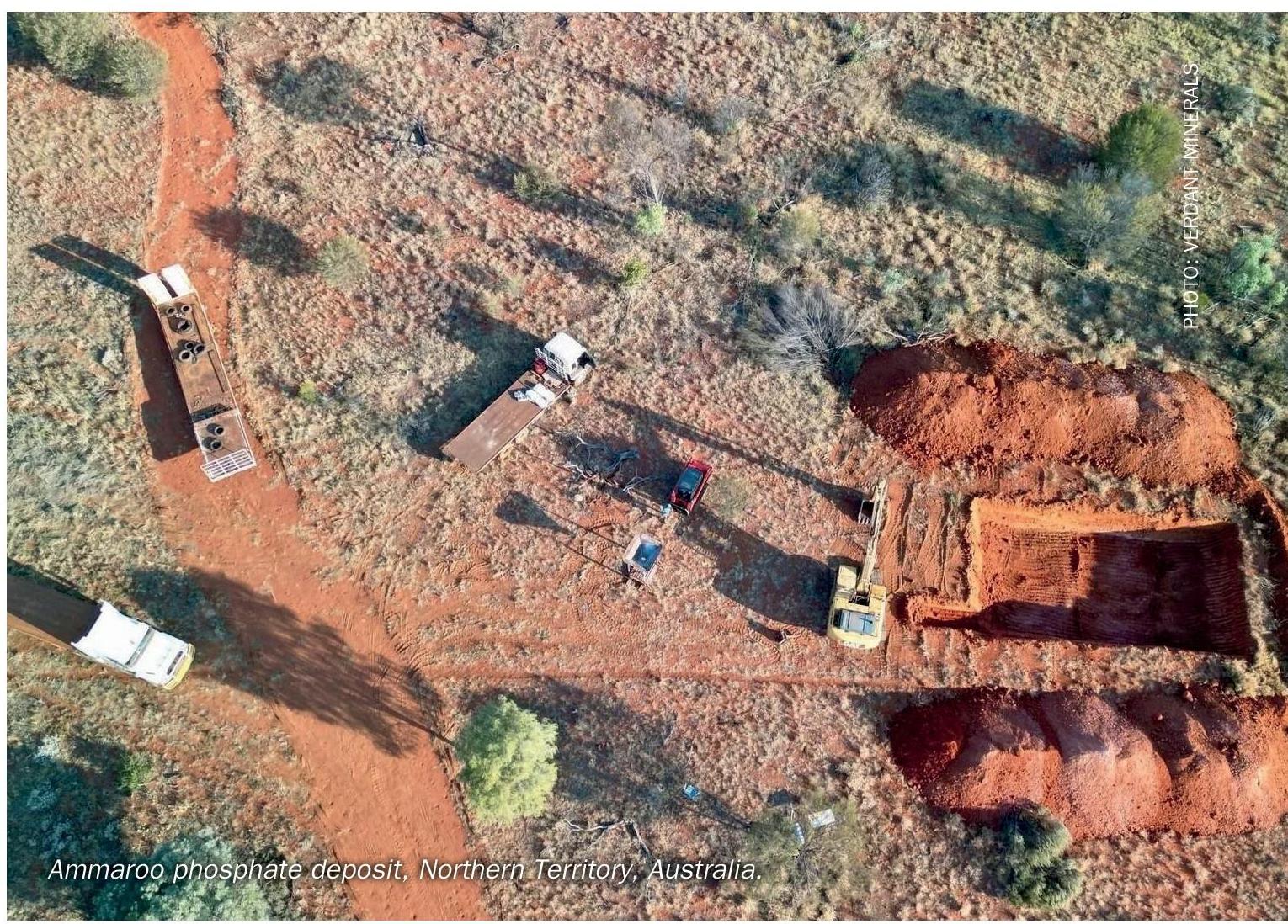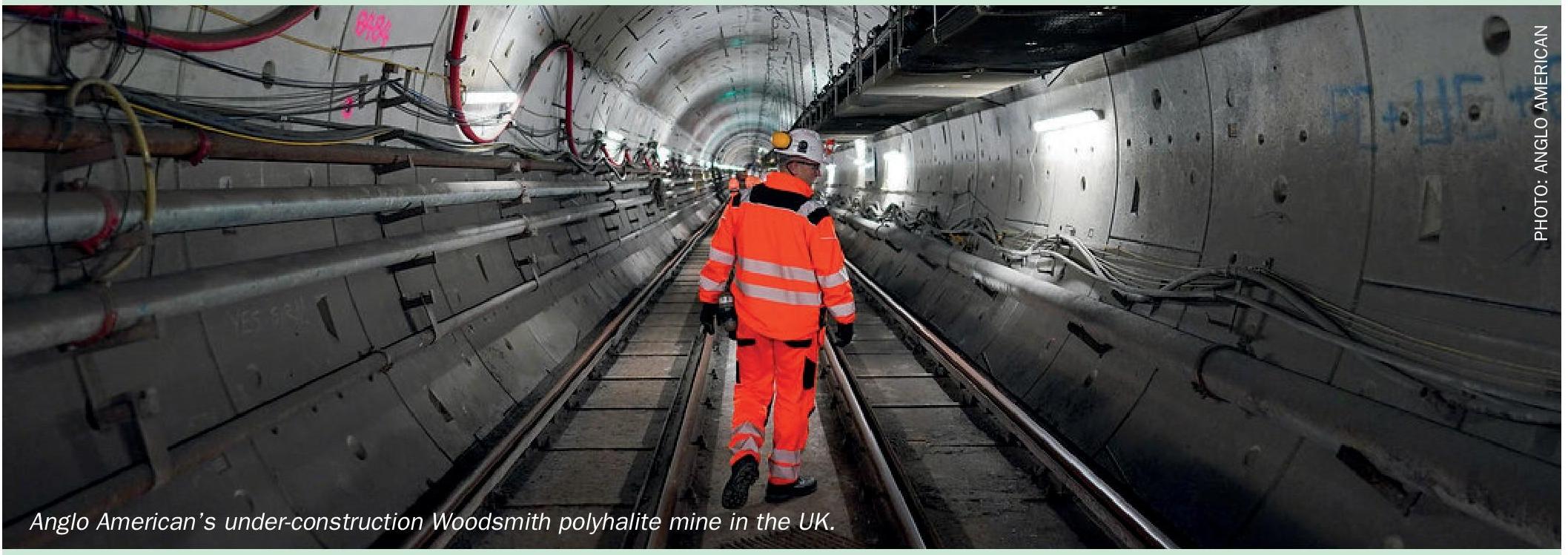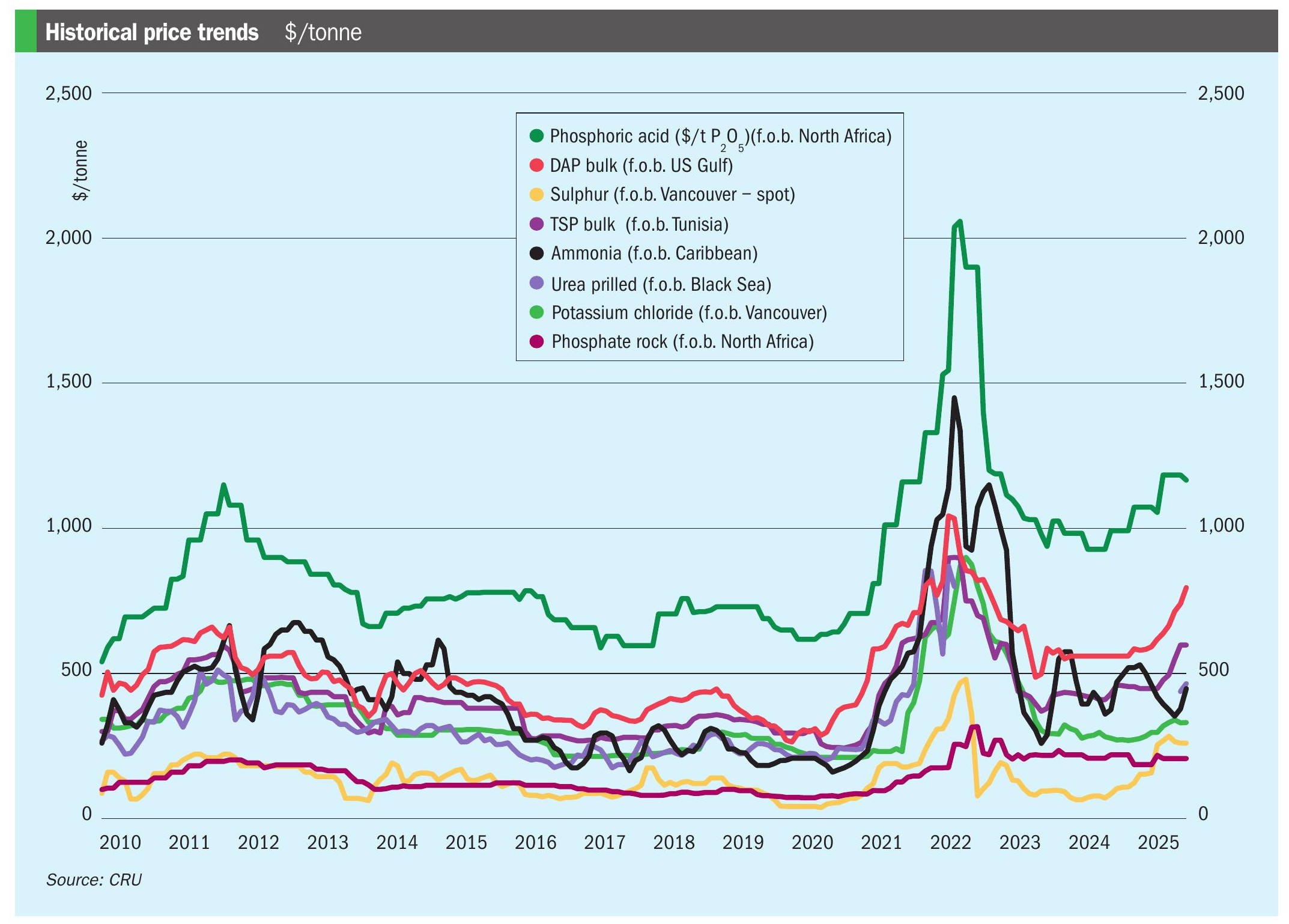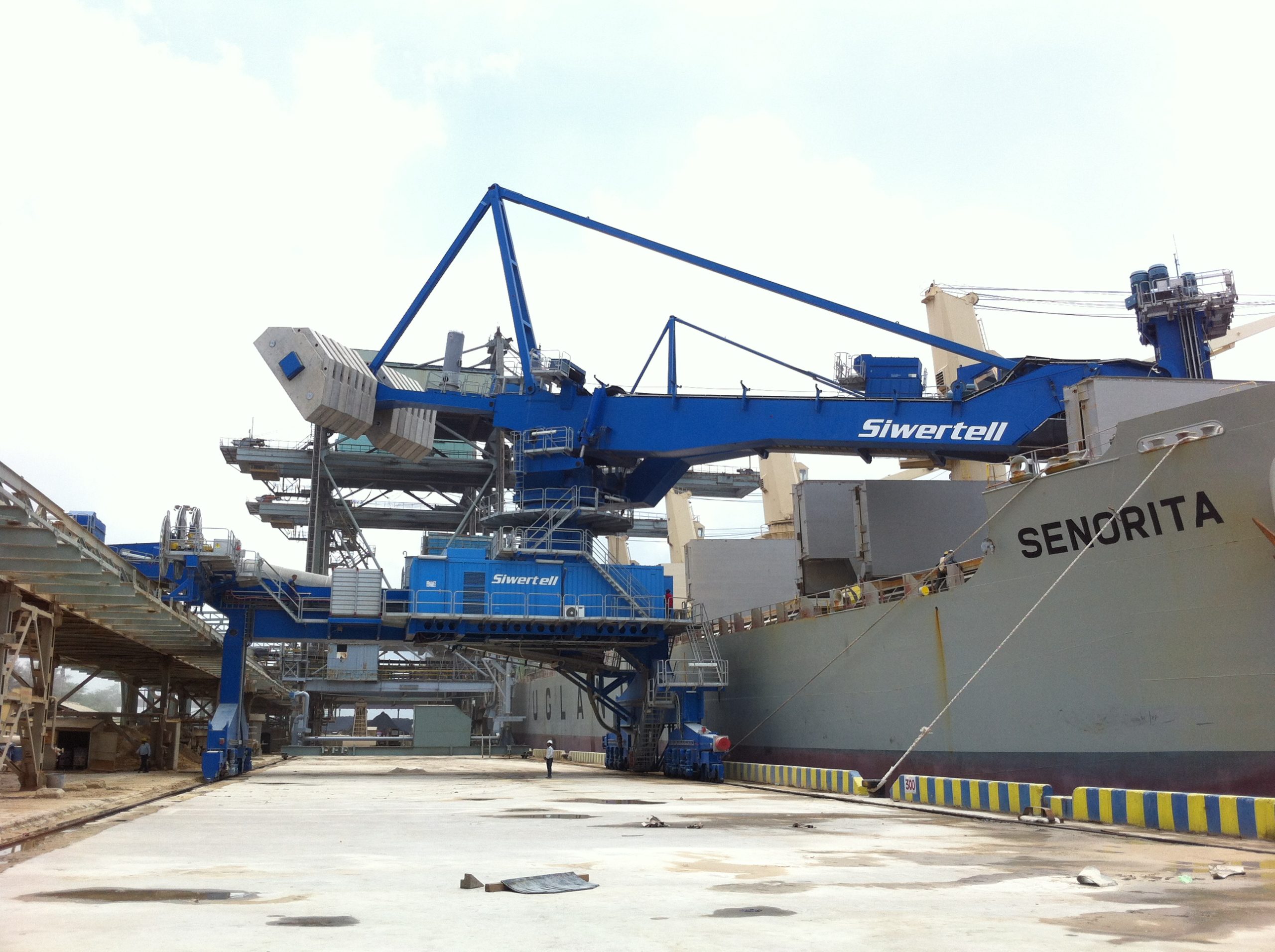Nitrogen+Syngas 395 May-Jun 2025

3 May 2025
Land secured for green ammonia plant
The Port of Açu and renewable fuels company Sempen have signed a contract to reserve an area in the low-carbon hydrogen hub at the port, in the north of the state of Rio de Janeiro, for the construction of a green ammonia plant. The projected facility would have a production capacity of 1 million t/a of green ammonia. A final investment decision (FID) is expected for 2027-2028, with production of the first green ammonia beginning in 2030.
“The partnership with Porto do Açu represents an important milestone in our journey to boost the production of green ammonia and sustainable fuels in Brazil. We are excited about the potential to contribute to the global energy transition and to be part of a strategic low-carbon hub that will support the sustainable development of the renewable energy and green hydrogen industry in the country.” – Juan Pablo Freijo, CEO of Sempen.






